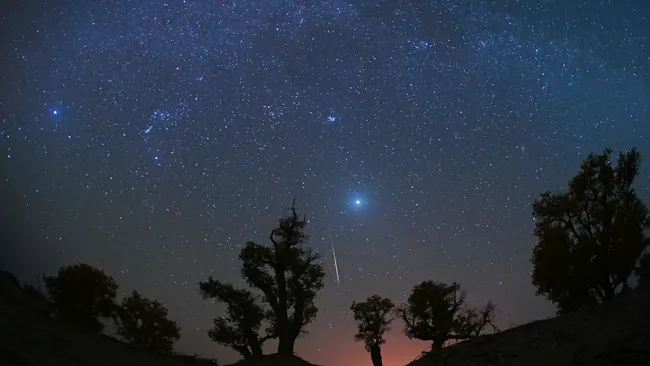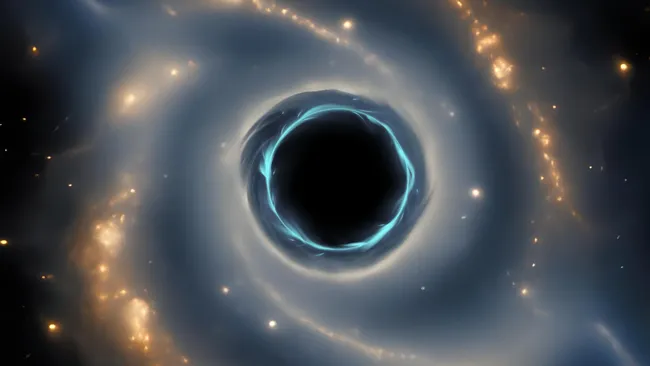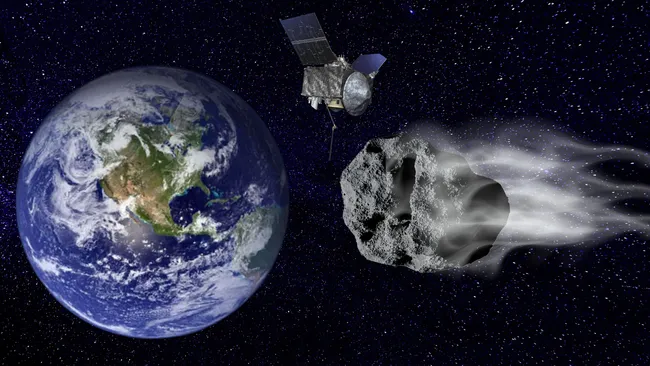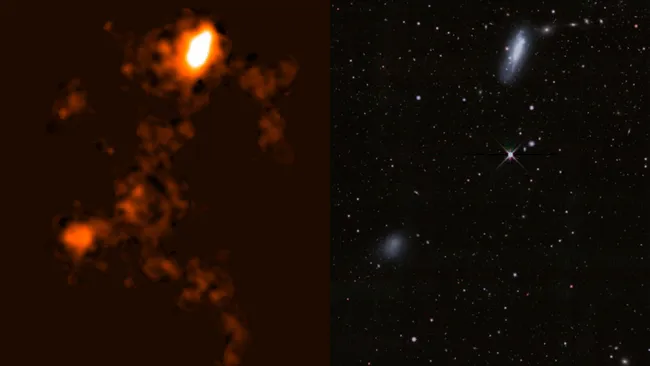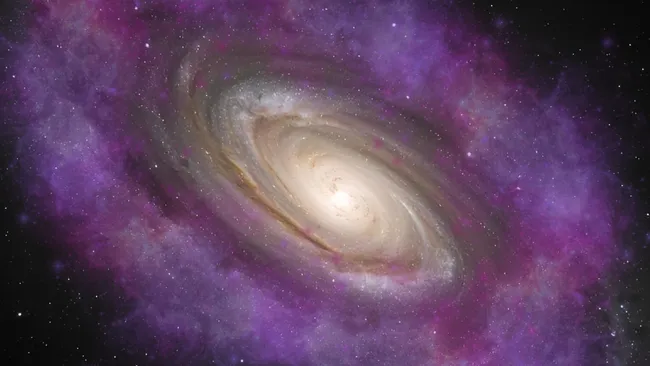The Orionid meteor shower will reach its peak next week, offering a spectacular show under dark, moonless skies. If you spot a “shooting star” before dawn, chances are it’s a fragment left behind by the legendary Halley’s Comet.
Occurring during the third week of October, the Orionids stem from debris shed by Halley and are among the most recognizable annual meteor showers. Though not as intense as the Perseids or Geminids, this year’s conditions are ideal—thanks to the new moon phase on October 21, ensuring no moonlight interference during peak viewing hours.
The name Orionid comes from the radiant point—just above Orion’s bright star, Betelgeuse. Around 11:00 p.m. local time, Orion rises above the eastern horizon, reaching its highest point toward the south-southeast between 4 and 5 a.m. The higher Orion climbs, the more meteors become visible.
For the best experience, don’t stare directly at the radiant. Instead, look about 30 degrees away, roughly three fist-widths above Betelgeuse. The Orionids can be seen equally well from both hemispheres.
Halley’s Legacy
Like the Eta Aquariids in May, the Orionids are remnants of Halley’s Comet, which last passed through the inner solar system in 1986 and will return in 2061. Each visit sheds dust-sized particles that scatter along the comet’s orbit, forming a broad stream that Earth intersects twice annually.
Traveling at 66 kilometers per second (41 miles per second), Orionid meteors appear as fast, bright streaks, sometimes leaving glowing trails. Fireballs may appear a few days after the shower’s maximum.
When and Where to Watch
The Orionid meteor shower will be visible from October 16 to 26, with peak activity of 15–30 meteors per hour expected on the morning of October 21. Viewing is best before sunrise, away from city lights.
Find a dark, open spot with minimal light pollution. Bring a sleeping bag, dress warmly, and give your eyes time to adjust to the night. Patience is key—the longer you stay, the more likely you’ll witness the brilliance of Halley’s cosmic leftovers streaking across the sky.
Clear skies and good luck, stargazers!

